Standen Hollybush Wood walk
Sussex
This is a short walk around Hollybush Wood, part of the original Standen Estate. Hollybush Wood has remained tree covered and ancient woodland indicator plants grow in abundance, orchids, bluebells, dog's mercury and others. Stoats and weasels live among the undergrowth and herds of deer can often be seen running through the trees.
Near to
Standen House and GardenStart point
Standen car park, grid ref: TQ391356Trail information
Entry to Standen House and Garden and orchids in Hollybush Wood
Please note that normal admission charges apply at the main site; National Trust members free. Please also be aware that although Hollybush Wood is home to orchids, the area in which they flourish is currently inaccessible due to ash dieback.
More near here
Standen to Selsfield Common walk
An 8.5-mile walk for more experienced walkers, from Standen to Selsfield Common and back, that takes in woodland, heathland and open-country paths.

Walk from Standen to Kingscote Bluebell Railway
Walk to and from Kingscote Station and Bluebell Railway, where connecting steam trains can be taken to Sheffield Park or into the historic town of East Grinstead.

Bluebell walk at Standen
A 3-mile walking route around the Standen Estate and Rockinghill Wood that can be done at any time of year but is especially glorious in April and early May when the bluebells are flowering.

Get in touch
Our partners

We’ve partnered with Cotswold Outdoor to help everyone make the most of their time outdoors in the places we care for.
You might also be interested in
Walking
Explore some of the finest landscapes in our care on coastal paths, accessible trails, woodland walks and everything in between. Find the best places to walk near you.
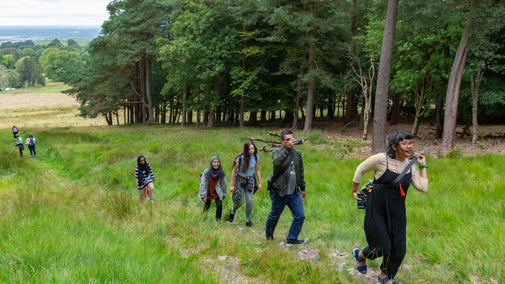
Walking in Sussex
Explore coastal paths, open parkland and countryside teeming with wildlife on these top walks in Sussex.
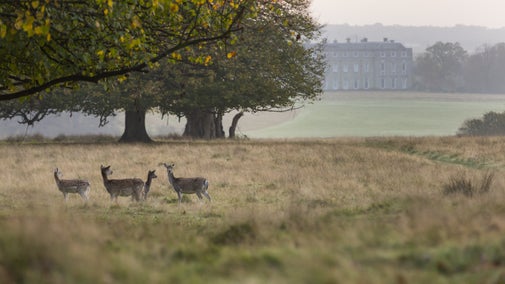
Standen House and Garden
Arts and Crafts family home with Morris & Co. interiors, set in a beautiful hillside garden
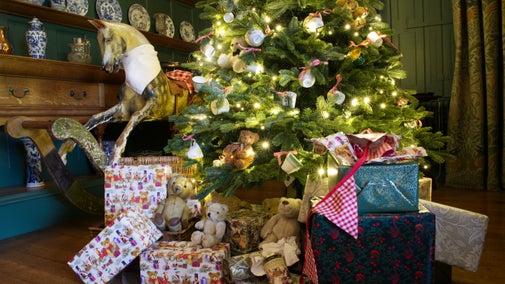
Explore the estate at Standen
Enjoy self-guided walks through 100 acres of West Sussex countryside on the Standen estate, including ancient woodlands, wildflower meadows and links to the Bluebell Steam Railway.
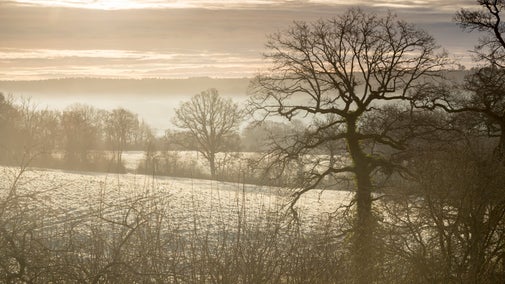
Visiting Standen House and Garden with your dog
Bring your dog for a walk at Standen and explore acres of woodland paths. Dogs are also welcome in the formal garden so you can explore more with your four-legged friend. Standen House and Garden is a two pawprint rated place.
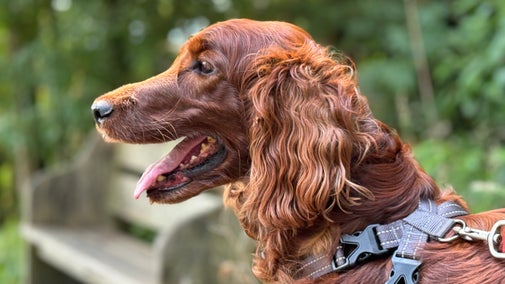
Follow the Countryside Code
Help to look after National Trust places by observing a few simple guidelines during your visit and following the Countryside Code.

Staying safe at National Trust places
The special places in National Trust care sometimes come with a few risks for visitors, be it coastline or countryside. Find out how to keep safe throughout your visits.

Cotswold Outdoor: our exclusive walking partner
Learn about the National Trust’s ongoing partnership with Cotswold Outdoor. Find out how they help us care for precious places and the exclusive discount available for National Trust supporters.

